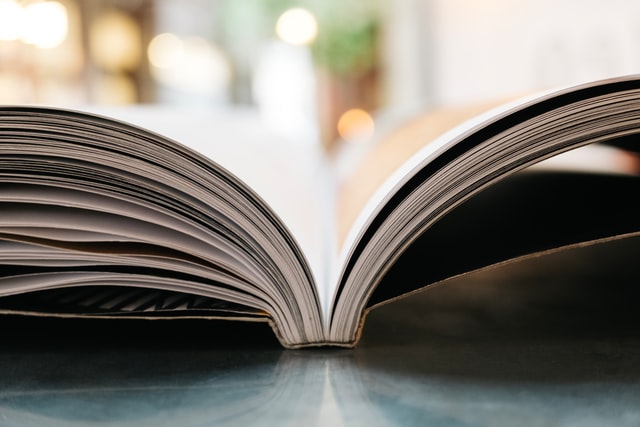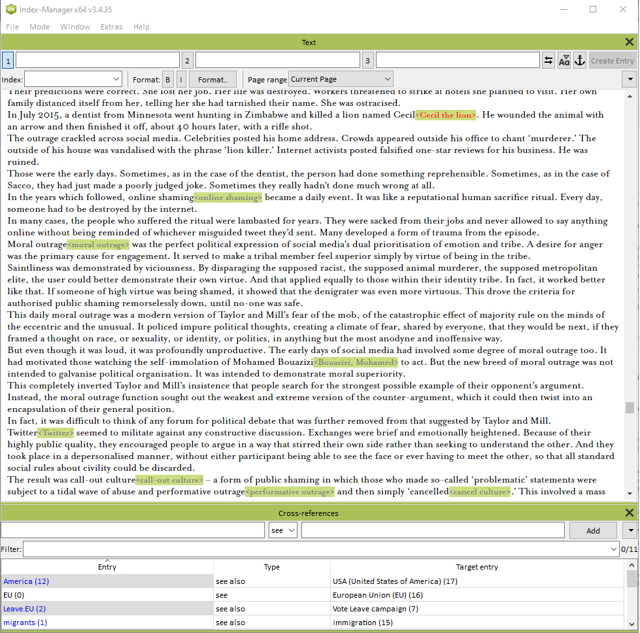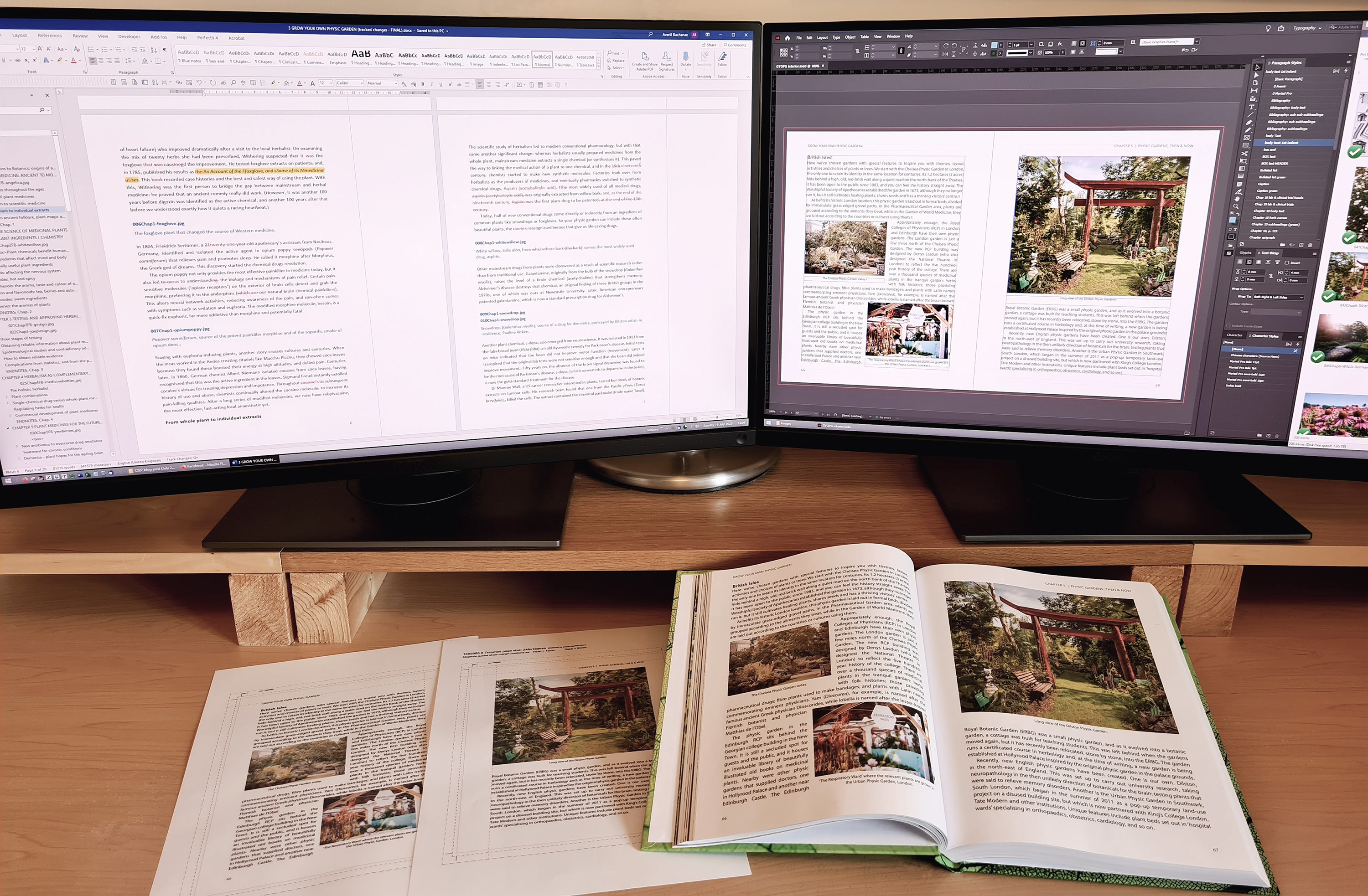By Sherona Treen-Coward of Treen Coward Associates
I began my self-employment journey as a virtual personal assistant in 2014; having spent 16 years in industry, I felt it was time for a new challenge. I had worked in the legal sector and the NHS, mainly in administrative and managerial roles. I wanted to put my skills to good use, and the concept of the virtual personal assistant was emerging. I also wanted to futureproof my work, and I felt this was a business I could build upon.
 In 2017, as the team grew and our services expanded, we decided to rebrand. I now have two employees and a specialist contractor on board, as we continue to grow and evolve the business to suit the ever-changing needs of the professional service industries. As such, we can offer a variety of services, such as virtual personal assistant, virtual administrator, note-taking for meetings, social media management, bookkeeping and call answering.
In 2017, as the team grew and our services expanded, we decided to rebrand. I now have two employees and a specialist contractor on board, as we continue to grow and evolve the business to suit the ever-changing needs of the professional service industries. As such, we can offer a variety of services, such as virtual personal assistant, virtual administrator, note-taking for meetings, social media management, bookkeeping and call answering.
Like many self-employed individuals, I often cite the variety in my work as a huge benefit. I work with service-based professionals from a variety of industries; however, the principles of good business administration remain the same.
I work traditional office hours: Monday to Friday, 9am to 5pm. Typical daily work for me will include chasing documentation over the phone, appointment setting, diary and email management, CRM management, document formatting, invoicing, answering calls and dealing with queries, drafting content for various purposes, and audio typing. I will also note-take at board and other business meetings, and compile action lists and associated papers as well as ensuring they are circulated well in advance of the meeting.
I am also involved in a variety of projects where we agree a process, and I ensure this is adhered to as well as carrying out any tasks that may be assigned to me. I particularly enjoy project-related work, as evaluating or managing processes has always been part of my managerial administrative background.
Stay professional
Pre-pandemic I would often attend many meetings each week which involved travel. All my meetings have since moved online, and I always qualify the purpose of a meeting before agreeing to any requests. I think that has become more important than ever, as demands on our time have not necessarily decreased, but they have changed. One thing I am always conscious of is working productively and adding value rather than being busy. Like many, I am now working from home but have set up my home office to ensure I separate work from non-work. I do miss the travel associated with my work, but it is more important to be safe at this time.
Being a virtual personal assistant and business manager is not just about getting appointments in the diary. We are often the first point of contact for many organisations and professionals, the face or voice of someone else’s business, and their professional reputation can start and end with us. Even though all our meetings have now moved online, I still observe office attire when facing clients or attending a business meeting.
When I first started out and was working from home, I had to deal with assumptions that I wasn’t doing much all day and had lots of free time, but that is not the case. Our clients work traditional office hours and we support them during that time and deadlines are there to be met. While a benefit of self-employment is managing one’s own diary, discipline is essential if you want to stay in business.
Aside from working in the business, I also set time aside to work on the business. Like every business, we need to undertake accounting and marketing activities among other things. I block time out each week to plan our social media, write blogs, and check over our accounting system. I also check in with my colleagues, our clients, and meet with my business mentor, whose support has been invaluable to me and my business.
Stay connected
Part of our marketing strategy involves networking, which I do regularly, and I am a member of a weekly networking event that now meets online. It is also part of a larger network where I can attend other meetings and catch up with other members. Networking is a really important part of my work, and one of the most enjoyable bits too. Meeting with like-minded business owners helps develop a business mindset, and it’s a great way to keep up to date with news from various industries. I always recommend networking to other business owners, regardless of their line of work: it is a great way to meet other professionals, build your professional relationships and create opportunities for potential work. I always enjoyed running the SfEP [now the CIEP] annual conference speed networking events and getting to know the members.
 Similarly, I have been able to source professional suppliers based on reputation and trust by asking my network. But it’s not all work, work, work – there are social aspects to networking, which are equally important to us as human beings. When I first started, it was easy to get through almost the whole day without speaking to anyone, as I was so focused on building my business, but through networking, I realised that to build my business I needed to build relationships too.
Similarly, I have been able to source professional suppliers based on reputation and trust by asking my network. But it’s not all work, work, work – there are social aspects to networking, which are equally important to us as human beings. When I first started, it was easy to get through almost the whole day without speaking to anyone, as I was so focused on building my business, but through networking, I realised that to build my business I needed to build relationships too.
Plan your courses
Another important part of my working life is CPD [Continuing Professional Development]. As an employee, I was required to attend training courses, and often delivered training too, but being self-employed meant I now had complete control over my CPD plan. I have taken various courses over the years, from introductory to post-grad level; they may relate specifically to my work, but also general business-ownership matters such as marketing or leadership. I am currently completing the ILM Level 5 in Leadership and Management as I want to undertake more project management and process improvement work, and this is taking up quite a bit of my working week as the course comes to an end.
Some courses have been free, others require a financial investment. I have a CPD plan that I review regularly to ensure the courses I attend add value to my work and ultimately my clients. CPD comes in many forms, such as general reading, listening to podcasts, or undertaking self-directed research. That said, I also recently attended a short online art course, which forced me to slow down and make time to observe – traits which I’m sure will benefit all aspects of my life.
Allow time for yourself
It may not seem that there’s much time left after all that, but as my grandparents often reminded me, all work and no play … As difficult as it can be, I always try to do one thing for myself each day. It can be something really small like walking the dog, a five-minute exercise while waiting for the kettle to boil, or calling a family member or friend. I try to do it before I start work so I feel energised for the day ahead; sometimes it’s not possible, and there may be days when it doesn’t happen, but it’s important to factor in some time for yourself to keep a healthy mind and body, and to maintain your relationships in and out of work.
At the end of the week, I always take a moment to look at what I have achieved and celebrate those wins! Again, they may be big or small, but ending the working week positively with a glass of something sparkly is important to me. I’m fortunate to live within reach of two cities and several beaches, and at the weekend I like to spend lots of time outdoors, walking or kayaking. The contrast to my working life really helps me to achieve some kind of work-life balance.
 Sherona Treen-Coward is a virtual personal assistant and business manager with over 20 years’ experience working with lawyers, doctors and service-based professionals within the UK. After starting her own business in 2014, one of Sherona’s first self-employed contracts was supporting the CIEP conference director, drafting and sending correspondence on behalf of the CIEP. Five CIEP conferences later (and imposter syndrome very rarely permitting) she thought perhaps she wasn’t that bad a writer after all, and finally started writing her own stuff.
Sherona Treen-Coward is a virtual personal assistant and business manager with over 20 years’ experience working with lawyers, doctors and service-based professionals within the UK. After starting her own business in 2014, one of Sherona’s first self-employed contracts was supporting the CIEP conference director, drafting and sending correspondence on behalf of the CIEP. Five CIEP conferences later (and imposter syndrome very rarely permitting) she thought perhaps she wasn’t that bad a writer after all, and finally started writing her own stuff.
Check out the other posts in our ‘Week in the life’ series: discover what a picture researcher, senior editorial project manager and a book indexer do.
Photo credits: Desk by Nathan Riley on Unsplash; video conference by Alexandra_Koch on Pixabay.
Posted by Abi Saffrey, CIEP blog coordinator.
The views expressed here do not necessarily reflect those of the CIEP.






























